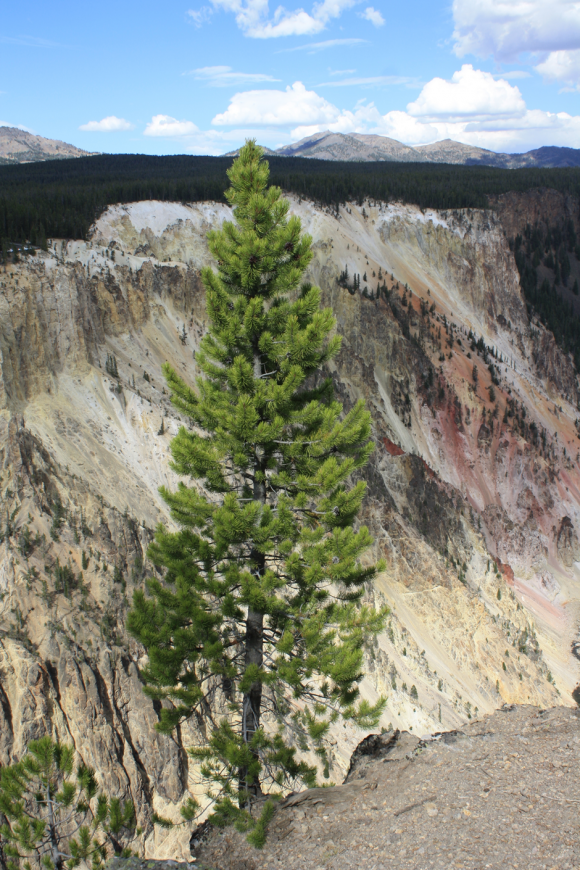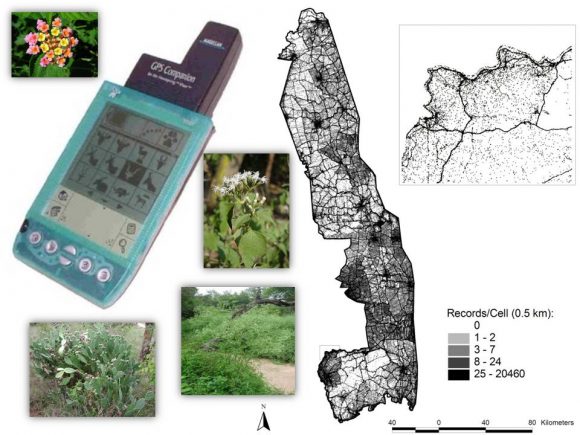9 November 2015 | By Laure Gallien

Understanding why some introduced species are more successful at establishing and spreading than others is a substantial challenge for managing and conserving indigenous biodiversity.
Research by Laure Gallien and co-authors (including C·I·B Director Dave Richardson) sought to expand the current understanding of the origins of species invasiveness over large evolutionary scales to better appreciate how migrations and evolution have shaped the differences between invasive and non-invasive species. They exemplify the utility of this new approach by focussing on one of the best-studied invasive plant genera: Pinus.
The central idea of their work is to study the long-term biogeography and evolutionary history of currently invasive and non-invasive species. For instance, they show that currently invasive species belong to lineages that were particularly successful at colonizing new regions in the past. This indicates that the ancestors of current invaders had also functional traits that had favoured long-distance dispersal and establishment success, which are important components of current human mediated invasions.
“Although our results need to be repeated on other groups of species to prove general” says Laure, “they provide a tantalizing new perspective on our understanding of species invasiveness! Elucidating historical events seems to be a key for understanding the current and future composition of the world’s biota.”
For more information, contact Laure Gallien at laure.gallien@gmail.com



